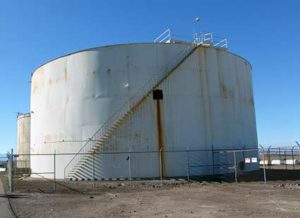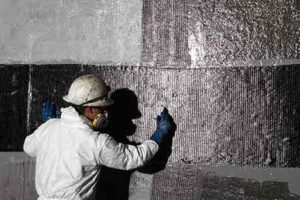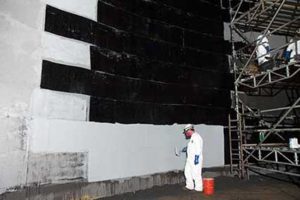Revitalizing Infrastructure: Avoiding the High Costs of Wastewater Tank Replacement Replacing a wastewater tank is an extremely costly process that involves demolition, installation of a new tank, and significant production losses. A recent article from the Whittier Daily News highlighted Ridgeline Energy Services in Santa Fe Springs, California, as they begin demolishing 19 tanks at their wastewater treatment facility. Located on the site of the former Powerline Oil Co. refinery, the plant has faced numerous odor complaints due to wastewater mixing with leftover Powerline sludge. Some tanks leaked, allowing substances to mix and hydrogen sulfide gas to escape through roof openings, affecting air quality but presenting no toxic risk. These massive tanks weigh 28 tons each and can hold up to 16,800 gallons of wastewater. The metal from the demolished tanks will be recycled. The solution to odor problems lies in removing and destroying these wastewater tanks rather than repairing them. A Worldwide Issue Ridgeline’s situation is just one example among many globally. Over time, steel tanks can corrode and develop leaks. While steel plates can temporarily stop leaks, they too degrade over time. A sustainable alternative to complete replacement is the use of Carbon Fiber Reinforced Polymer (CFRP) solutions, such as HJ3’s CarbonSeal reinforcement systems. Full tank replacement not only comes with millions of dollars in material and downtime costs but also has a considerable environmental impact. For instance, producing one ton of steel requires around 60,000 gallons of water. Replacing Ridgeline’s 19 tanks would consume an estimated 32 million gallons of water. A Success Story: NRG Energy HJ3’s CarbonSeal system offers a compelling solution that saves both money and resources. Take, for example, the work done with NRG Energy, one of the nation’s largest power generation and retail electricity providers. At one of NRG’s subsidiaries, a 2-million-gallon wastewater tank was leaking. Previous attempts to fix the issue using steel plates had failed, resulting in more problems, with thousands of through holes appearing in the walls and floors. The initial repair plan included addressing the tank walls, floors, and roof support columns. As the surfaces were being prepared and hydro-blasted, an additional 4,300 through holes were discovered, necessitating further reinforcement. Steel plates were used to cover these holes, stopping any further leakage. Then, HJ3’s CarbonSeal carbon fiber reinforcement system was applied to the tank walls, floors, and support beams, with special preparation to tackle extensive corrosion. The surfaces were sandblasted, cleaned, inspected for holes, tested, and primed to prevent flash rusting. Afterward, they were primed with HJ3’s primer, and high modulus paste was applied to the reinforcement areas. Finally, HJ3’s CarbonSeal carbon fiber reinforcement system was installed on the walls, floor, and support columns, protected with a chemical-resistant topcoat. A Sustainable Solution By repairing, rather than replacing, NRG’s wastewater tank, HJ3’s CarbonSeal system is expected to extend the tank’s lifespan by another 30 years. Replacement would have been exorbitantly expensive for the plant and the environment. Using HJ3’s CarbonSeal repair system led to significant savings, including a 90% reduction in kWh usage, 96% less CO2 emissions, and the conservation of 60 million gallons of water. Compared to replacement, NRG saved over $3 million, which is 75% of the cost. If you have a wastewater tank or are looking for sustainable repair solutions, contact our project managers today at [insert contact details]. Food And Medicine Packaging Bag paper bags with your own logo, kraft paper bag with your own logo ,white paper bag ,paper bag for food packaging ,food grade paper bag Qingzhou Xincheng Packaging Co., LTD , https://www.qzxcbc.com


